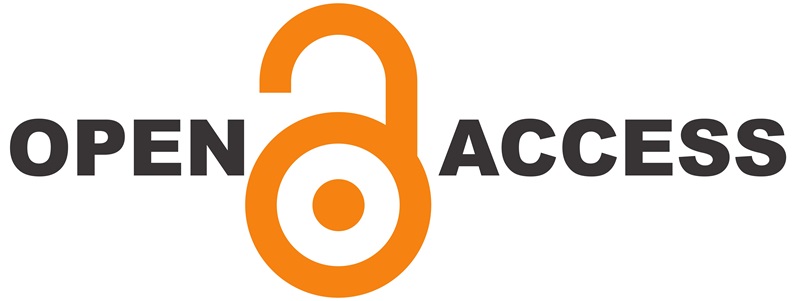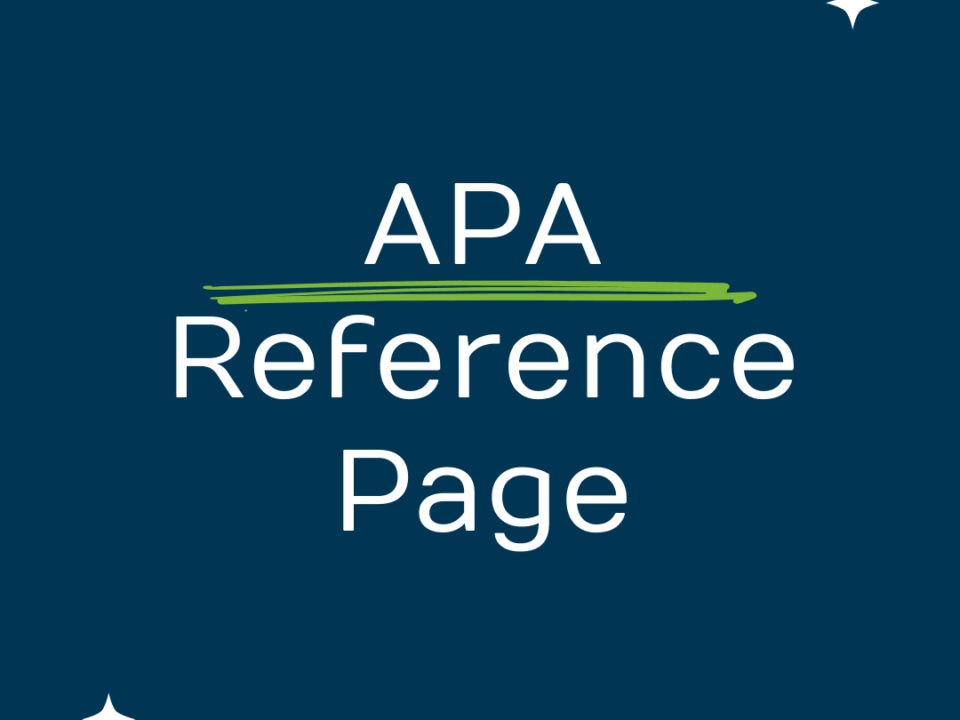10 Essential Questions You Must Ask When Reviewing a Manuscript as an Academic Research Expert
December 26, 2024
What Exactly Are Experimental Groups in Research?
December 26, 2024Access to your material is restricted to persons or institutions who have paid subscription rates and purchased a subscription to the journal or an article. In the open-access paradigm, readers are exempt from fees and are granted unrestricted internet access to the content.
Are you struggling to navigate the complex world of academic publication and facing a decision between open access and subscription-based ISI journals? You are not solitary! There are o
ongoing discussions in the academic community over the most effective methods of sharing research. Whether you possess extensive experience in research or are entering academia for the first time, it is essential to comprehend the academic environment. Let’s delve into the conundrum of open access versus subscription-based publications. Please take a seat, grab your preferred drink, and join me. This essay will examine the benefits and drawbacks of each model, enabling you to make a well-informed choice regarding the publication of your next innovative work. Prepare yourself to carefully evaluate the advantages and disadvantages in a friendly and intimate discussion that could perhaps influence the direction of your future study efforts!
Understanding Open Access Journals: Definition and Characteristics
Open access (OA) publishing is a contemporary advancement in the scientific realm that pertains to a publishing framework where papers are accessible to readers without any cost, in contrast to the conventional scientific publishing model that necessitates payment for article access. BioMed Central and the Public Library of Science (PLOS), two prominent publishing houses, were among the early adopters of the open access model. They introduced this approach in the early 2000s, and since then, numerous other publishers have followed suit by embracing partial or complete open access.
Open access (OA) refers to a collection of concepts and practices that involve the online distribution of research results, such as journal articles, without any charges or restrictions on access.
Under the conventional model of scholarly publication, the publisher possesses the rights to the articles featured in their journals. Readers may see a paywall while attempting to view certain articles, necessitating payment of a charge. Institutions and libraries, such as Lane Library, facilitate access to restricted research articles by engaging in negotiations with publishers and covering expensive subscription fees. On the other hand, open access guarantees that the results of the research can be accessed and utilized by all individuals.
Open access to papers is a fundamental aspect of Open Science, which comprises a range of initiatives aimed at increasing the transparency and accessibility of scientific research. Open science comprises not only measures to ensure access to research products like journal articles, databases, code, and other materials, but also includes initiatives to make the scientific enterprise inclusive and equitable.
The Pros of Open Access Journals: Accessibility and Impact
The advent of the digital age has completely transformed the manner in which we obtain and distribute information. Open access journals have become a prominent platform in academic publication, taking advantage of this transformation and providing numerous advantages to researchers, scholars, students, and the general public. Let us examine the advantages of Open Access Journals in terms of Accessibility and Impact, which are two significant areas where they excel.
Ensuring broad availability of knowledge
Open access journals are accessible online without any financial, legal, or technical obstacles, other for the ones inherent in accessing the internet. The high level of accessibility is a significant benefit of open access journals. They grant unrestricted access to their papers, allowing anybody to read, download, copy, distribute, print, search, or link to the entire texts. This inclusive strategy dismantles the barriers to access, like as paywalls, that have historically prevented the majority of individuals from accessing scholarly literature.
Open access is particularly advantageous for students, educators, and researchers from institutions that are unable to afford costly journal subscriptions. Furthermore, it promotes the democratization of information by allowing individuals who are not part of academia, such as laypersons, practitioners, policymakers, and small enterprises, to have access to it. As information becomes increasingly accessible, the potential for achieving educational equality also increases.
Effects on Research, Scholarship, and Society
An inherent characteristic of academic work is its influence; the effect it has on succeeding research, policy decisions, instructional methods, and societal progress. Open access journals enhance the influence of research findings by guaranteeing that they are not hidden from view by a subscription barrier. Increased visibility closely correlates with better citation rates, which is a crucial indicator in the academic world for showcasing the significance and extent of scholarly research.
The impact of open access can be substantial: research that is readily accessible and can be freely shared stimulates fresh ideas, ignites collaborations, and promotes interdisciplinary exchange. Moreover, the prompt distribution of research findings helps expedite progress. Open access journals play a crucial role in sectors such as health and environmental studies, where immediate access to up-to-date research is essential for tackling pressing issues. They have the potential to directly contribute to saving lives and safeguarding ecosystems.
Advancing the Pace of Scientific Exploration
Open-access journals not only increase the involvement of individuals in the research process but also expedite scientific exploration. Conventional publication models typically have extended periods before articles are published, however open-access platforms may generally post articles faster, thus minimizing the delay between the discovery and distribution of research. This efficiency guarantees that novel solutions and crucial scientific advancements are promptly communicated, promoting a dynamic and receptive academic community.
Promoting openness and the ability to replicate research findings
Transparency and reproducibility are fundamental principles of robust scientific research. Open-access journals typically follow rigorous peer-review procedures and maintain elevated editorial criteria. Open access facilitates the verification and replication of studies by providing access to research methodology, data, and findings. This is crucial for establishing a strong and reliable body of knowledge. The scholarly environment fosters transparency as the standard, hence increasing the legitimacy of published research.
Enhancing Public Involvement and Education
Open access to research fosters increased public involvement in scientific and academic pursuits. These tools can be used by journalists, educators, and curious individuals to enhance the public’s comprehension of significant topics. In our present world, which is abundant in information, it is more important than ever to differentiate between reliable, fact-based knowledge and false or misleading information.
The advantages of Open Access Journals in terms of accessibility and impact are unquestionable and diverse. Open access journals have revolutionized academic sharing by increasing the accessibility of scholarly material, thereby overcoming geographical, economic, and social obstacles. Their concept promotes the widespread sharing and use of knowledge, fueling a worldwide movement that values the unrestricted interchange of information as a driving force for innovation, public welfare, and the general benefit of society.
In the ever-changing landscape of the digital age, open access journals offer a clear and logical option that demonstrates the influence of open scholarship. They can revolutionize human thinking, learning, and societal advancement.
Challenges and Cons of Open Access Journals
With the rise of digital media and open access, the conventional subscription-based journal model may appear outdated. Nevertheless, this persistent publishing style continues to be a fundamental element of the academic and research communities, playing a crucial role in the distribution and sharing of knowledge. This article will explain the concept of subscription-based journals, their functioning, and their continued significance in the contemporary information landscape.
An Overview of Subscription-Based Journals
A subscription-based journal is essentially a periodical publication that consistently publishes new content, typically on a monthly or quarterly schedule. The content usually comprises of publications that have undergone peer review and contain original research, review articles, case studies, and other scholarly work. In order to obtain these articles, individuals or institutions are required to acquire a subscription, which entitles them to access and utilize the content in accordance with the publisher’s specified terms.
An Exploration of the Mechanisms Behind Subscription-Based Journals
After being submitted, articles undergo a thorough evaluation by field specialists to guarantee the high quality and reliability of the research being presented. The peer-review process, although it may require a significant amount of time and effort from authors, ensures that scholarly publications uphold the rigorous standards that are required of them.
After successfully completing the review process, an article is published and subsequently becomes a permanent part of the journal’s archive. Access to both current issues and archived information is restricted by the subscription paywall. Libraries, universities, businesses, and individual academics remunerate an annual fee that grants them the privilege of accessing the journal’s contents either in physical form, on the internet, or both.
Overcoming the obstacle of high expenses
A primary criticism of subscription-based journals is the financial obstacle they impose. The prices associated with subscriptions can be significant, frequently burdening library budgets and restricting access for scholars at smaller universities or in underdeveloped nations. The financial obstacle has generated substantial discussion on fair availability of scientific information and has led to the emergence of alternative publishing models, such as open-access journals.
The advantages remain evident.
However, subscription-based journals have several advantages. Their enduring existence has solidified their status for excellence and dependability, qualities that are crucial in the realm of scholarly investigation. Furthermore, the income generated by subscriptions allows publishers to sustain the administrative framework required for overseeing the peer-review process, production, and dissemination of their journals, thereby supporting the broader scholarly communication system.
Moreover, for subscribers, particularly major organizations with the financial capacity to purchase several journal subscriptions, these journals offer a carefully selected and frequently exhaustive compilation of knowledge in a certain topic. The convenience of readily available pre-screened research is of great importance for researchers and academics with busy schedules.
Anticipating the Future
As we anticipate the future, the field of academic publication is always changing. Subscription-based journals are now providing hybrid options, enabling authors to publish their work as open access in a journal that typically restricts access, usually for an extra charge. The objective of this strategy is to achieve a harmonious equilibrium between generating sustainable income for publishers and enhancing the availability of content for readers.
Moreover, there is an increasing need from funding organizations, government entities, and the scientific community to shift towards open-access approaches. Although the future of subscription-based journals is uncertain, their current significance in scholarly communication is undeniable.
To summarize, subscription-based journals are a long-standing paradigm that has effectively supported the academic community over a significant period of time. These entities are established based on a framework of peer review and consistency, which ensures the maintenance of research standards and intellectual discussions. Despite the pressures they confront in a world that is becoming more open-access, academic journals still have great significance as trusted sources of carefully reviewed scholarly work in the quest for knowledge and advancement.
Subscription-Based Journals: A Traditional Model Explained
Subscription-based journals have historically been the stronghold of academic and research groups, functioning as a conventional method for spreading specialized knowledge and groundbreaking findings. Essentially, these publications are based on a simple concept: individuals or institutions pay a regular subscription, usually on a yearly basis, to obtain access to the most recent scientific articles and papers in a specific field of study. This payment agreement covers the expenses associated with peer review, editing, production, and distribution, guaranteeing that subscribers receive high-quality, trustworthy content consistently.
Over the years, this strategy has fostered a mutually beneficial connection between publishers and readers. Researchers receive advantages from the dissemination of their work among their colleagues, while readers stay informed about recent advancements, often obtaining access to a substantial amount of stored content as part of their subscription. Libraries, particularly those in academic institutions, have traditionally had a vital role in this system, by engaging in negotiations with publishers to offer staff and students a wide range of journals covering different fields of study.
However, it is crucial to acknowledge that this model is not exempt from criticism, especially concerning its accessibility obstacles that can impede the dissemination of information to individuals who are not subscribed. Notwithstanding these issues, subscription-based journals have continued to be a fundamental aspect of scholarly communication, representing a well-established practice of promoting knowledge by providing paid access to specialized research.
Benefits of Subscription-Based Journals: Quality and Credibility
Subscription-based journals have numerous advantages, especially in terms of quality and trustworthiness, for staying updated on the newest research and industry trends. These magazines frequently utilize stringent peer-review procedures, guaranteeing that the released material has been comprehensively scrutiny by field experts. Subscribers can rely on the fact that the information they receive is both up-to-date and adheres to rigorous scholarly criteria. Credibility is crucial for professionals and academics because it provides the foundation for more study, policy development, and practical implementation across many fields.
Furthermore, the carefully selected information contained in journals that require a subscription usually comes from esteemed authors and academics, which increases the overall trustworthiness of the articles. Moreover, these publications offer a consistent flow of valuable observations and advancements, ensuring that subscribers remain at the forefront of knowledge and innovation. Subscription-based journals are highly valuable for individuals who prioritize reliable sources and wish to avoid the dissemination of unverified and unauthenticated material. These journals offer significant advantages in terms of ensuring the highest standards of quality and reliability. These journals act as a reliable source of knowledge amidst a vast amount of information, providing readers with the confidence that the content they are interacting with is both precise and of the utmost quality.
Drawbacks of Subscription-Based Journals: Access and Equity Issues
Subscription-based publications, although they store scientific content, have significant access and fairness concerns that are increasingly examined by the academic community. One significant disadvantage is the high subscription fees that many institutions, especially those in underdeveloped countries or with low financial resources, consider to be a barrier. The lack of financial resources prevents scientists and students from these schools from accessing the most recent scientific discoveries and research developments, resulting in a substantial disparity in knowledge between wealthier and less affluent universities. Moreover, independent researchers who are not affiliated with prominent academic institutions may encounter overwhelming expenses when trying to obtain access to these resources, hindering their ability to make valuable contributions to their respective fields. The problem of equity also affects authors who lack the financial means to cover publication costs. As a result, they are often unable to access prestigious subscription-based platforms, which exacerbates the existing inequalities in academic publishing. Essentially, the existing system of journals that need subscriptions violates the core idea of fair access to knowledge, which is crucial for promoting international research collaborations and societal development.
Choosing the Right Model: Balancing Access and Quality in Academic Publishing
When it comes to academic publishing, selecting the appropriate model to effectively manage access and ensure quality is a critical decision that can have long-term effects on the distribution of knowledge and the progress of research. Ensuring the accessibility of scholarly material to a broad audience is crucial for cultivating an atmosphere of open discourse and creativity. Nevertheless, it is crucial to maintain stringent peer review procedures that safeguard the excellence and credibility of published research. Models like open-access publishing have arisen as ways to enhance accessibility, however they frequently necessitate authors to bear publication fees that may be restrictive for certain individuals. Conversely, while traditional subscription models ensure high publishing standards, they may restrict access and inclusion because of paywalls. As the academic communication landscape changes, stakeholders must carefully evaluate these factors. When selecting the appropriate model for academic publishing, it is crucial to have collaboration among authors, publishers, institutions, and funding organizations. This collaboration is necessary to create sustainable and fair ways that promote the progress of knowledge while upholding intellectual excellence.
References
1-https://journals.sagepub.com/doi/full/10.1177/0046958014558501
2-https://direct.mit.edu/books/oa-edited-volume/4045/Knowledge-UnboundSelected-Writings-on-Open-Access
3-https://journals.lww.com/qmhcjournal/fulltext/2014/07000/in_____and_out__open_access_publishing_in.1.aspx


